Defibrillators: Your Basic Guide On How To Use One
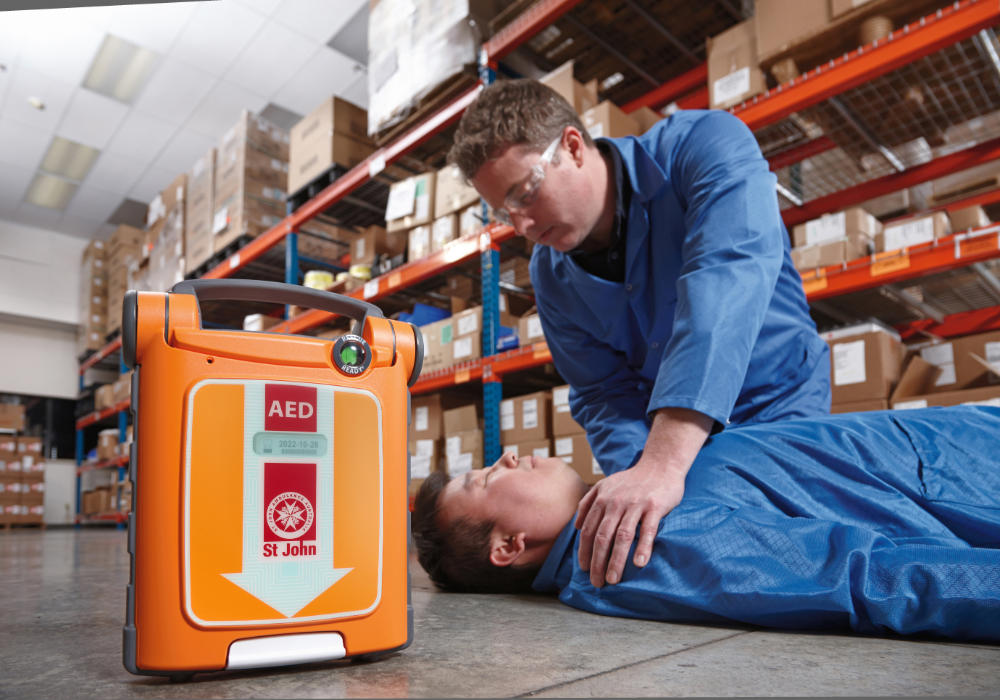
Our research has found that only 3 in 10 (30%) workers are aware of a defibrillator in their workplace. Considering the population spends the majority of their time at work this is a major concern as the likelihood of an incident occurring during these hours is significantly high.
It was unveiled that 63 per cent of Victorian workers knew how Defibrillators worked but only half felt confident to use one in the case of a Sudden Cardiac Arrest. Although the devices are designed to be simple to use, we have found there is still a strong sense of hesitation when it comes to using the life-saving machines.
Defibrillators aren’t only a sensible idea in the workplace, they could be needed and are often available when you are out enjoying your day to day life. Some places you might find a Defibrillator include shopping centres, sporting clubs, schools, community centres and anywhere people gather together. But simply having them available is not enough – they must be used when tragedy strikes. Being confident using a Defibrillator will mean you know when, where and how to use one in a cardiac emergency.
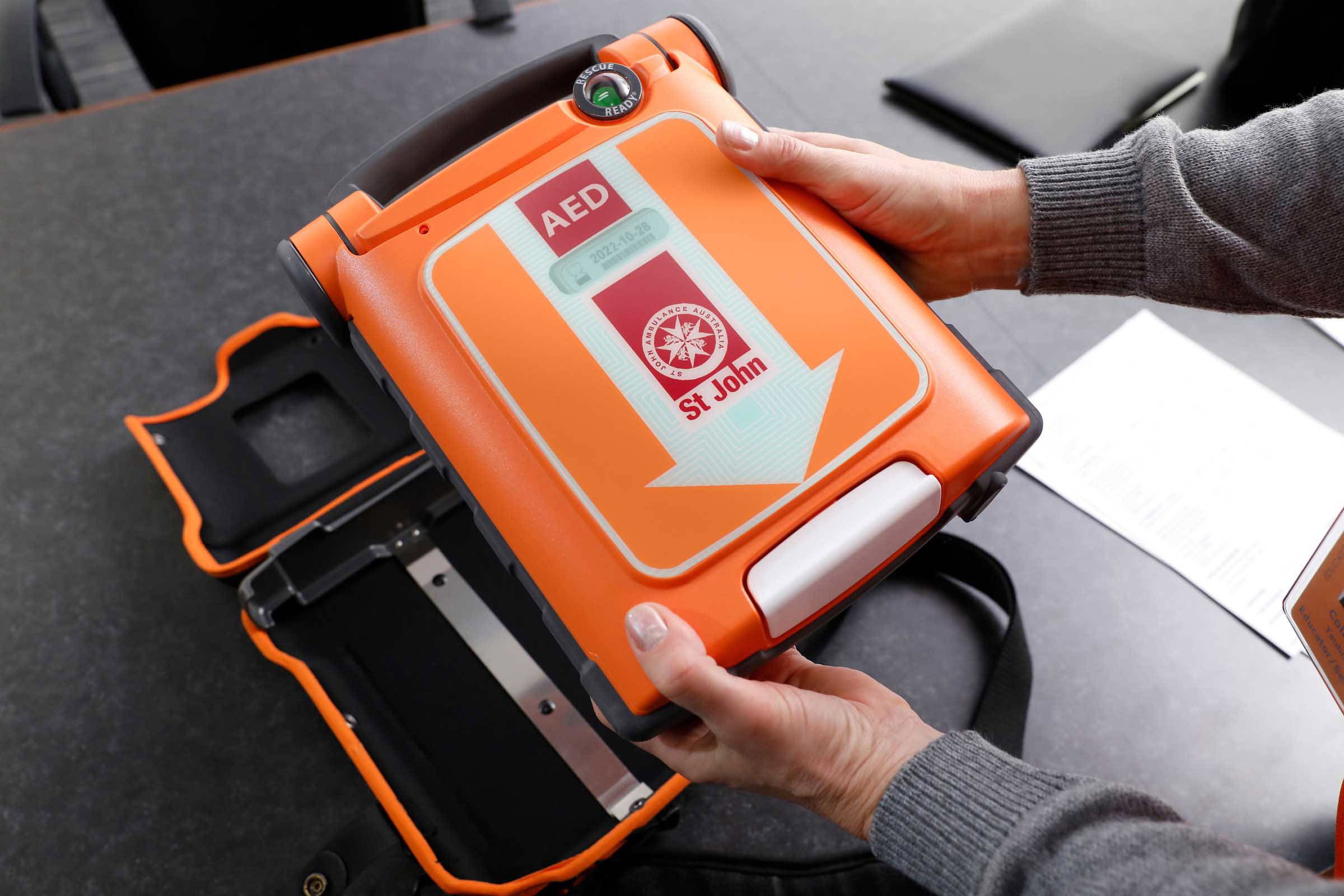
When To Use A Defibrillator
Defibrillators are designed to re-regulate the heartbeat after a person suffers a Sudden Cardiac Arrest. There is a common confusion among untrained members of the community about the difference between Sudden Cardiac Arrest and a Heart Attack, in reality the only similarity is that both health emergencies involve the heart. A cardiac arrest is caused by an irregularity in the electrical activity in the hearts ventricular muscle, commonly known as ‘fibrillation’. When fibrillation occurs the heart is unable to effectively pump blood around the body which then prompts the heart to go into cardiac arrest.
You will know when to use a Defibrillator if:
- A person has collapsed on the ground
- That person is not responding, and
- That person is not breathing
Beyond these signs, don’t delay treatment. Each minute without Defibrillation decreases the chances of survival by 10%.
When a person suffers a Sudden Cardiac Arrest you must first provide CPR to circulate blood and ensure the body remains oxygenated and then apply a Defibrillator as soon as possible. The electrical shock from the Defibrillator is the only method a First Aider can use to stop fibrillation and return the heartbeat to its healthy rhythm.
How To Use An Automated External Defibrillator
Automated External Defibrillators are designed for everyday people with little or no training. Depending on the brand of the Defibrillator it may provide verbal, visual or written prompts on how to use the device. The Philips HeartStart HS1 provides step-by-step verbal clarification on what to do in the case of a cardiac emergency. It will prompt you as follows:
- Once you ‘PULL’ the lever or press the ‘On’ button the voice prompts will begin
- You will be asked to remove all clothing from the casualty’s chest, cut clothing if required and shave any thick hair. These items should be in the Defibrillator case
- It will specify that once the casualty’s chest is bare to take out the white adhesive pads
- The pads have an image on the front which shows how to position the pads on the casualty’s chest, you will be asked to position the pads as shown in the picture
- Peel the yellow protector off the pad and press the pad firmly onto the casualty’s skin
- It will then ask you to look at the picture on the unused pad and position the second pad as outlined in this picture
- Peel the yellow protector off the unused pad and press the second pad firmly onto the casualty’s skin
- You will be told not to touch the casualty so the device can analyse the heart’s rhythm
- Whilst analysing the heart’s rhythm it will announce ‘ANALYSING’
- If it detects that the person’s heart is fibrillating it will ask you to ‘STAND CLEAR – SHOCK REQUIRED’
- It will ask you to then press the orange button to administer the shock, the orange button will be flashing
- It will advise ‘SHOCK DELIVERED’ once complete
- You will then be prompted to provide CPR, it will talk you through the 120 beats per minute rhythm
- Further shocks may be required following continued CPR, follow the instructions given by the Defibrillator until further help arrives
What You Need To Know About Defibrillators
There are many myths surrounding the use of Defibrillators but the most important things to know before you use one are:
- To remove all clothing from the casualty’s chest
- Move necklaces to the side, piercings do not need to be removed. If piercings have a connecting chain that interrupts the defibrillator pad path, cut the chain
- If possible, shave casualty’s chest hair where the pads are required
- Ensure the casualty’s skin is dry, pat down with towel if required
- You CAN use a Defibrillator on someone with a pacemaker, place the pad a few centimetres away from the pacemaker scar/area
- A Defibrillator will not provide a shock unless it detects that the casualty’s heart is in ‘fibrillation’, you therefore can do NO HARM by applying a defibrillator to a casualty
- If a child is under 8 years of age or below 25kg you are required to use child specific electrode pads, if you do not have these wait for paramedics to arrive
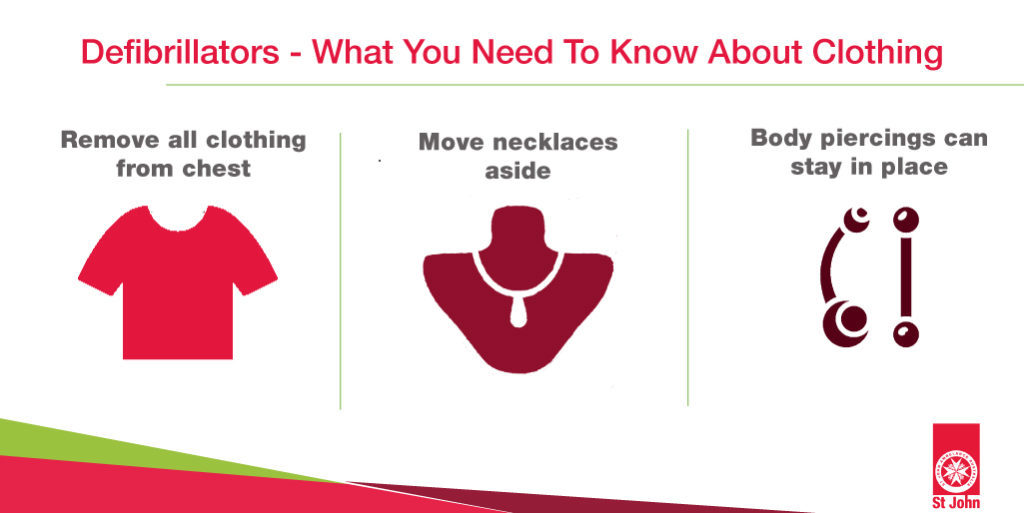
Sometimes in life we feel invincible and that everyone around us is too, but the truth is that Sudden Cardiac Arrest can happen to anyone. Yes the elderly are at risk but they aren’t the only ones, it might be a parent, sibling, friend, colleague, teammate or stranger on the street that goes into cardiac arrest when you’re the only one nearby.
In that instant, you’ll be glad you know how to respond. Your self-assurance will mean minimal delay in response time which will directly boost the chance of survival by up to 70 per cent if you provide CPR and Defibrillation.
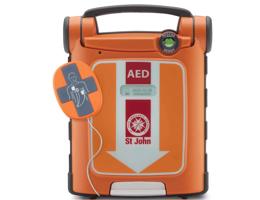
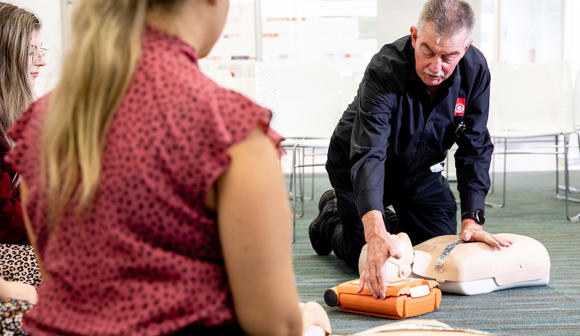
First Aid Training
View our wide range of First Aid Training, including general first aid, mental health and CPR.
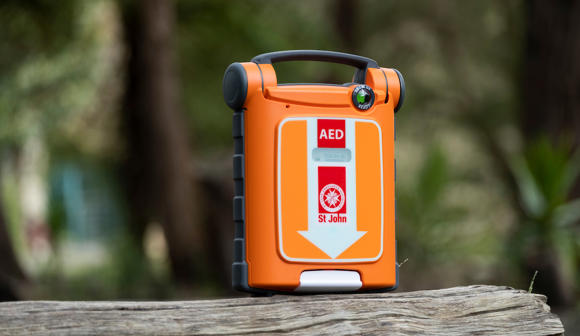
How to choose the right Defibrillator for you
Choosing a defibrillator can be hard. Read our list of things you should consider when choosing the right defibrillator for your needs.
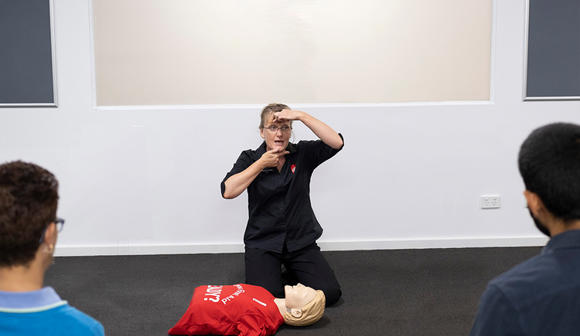
HLTAID009 PROVIDE CARDIOPULMONARY RESUSCITATION
Learn the skills to perform life-saving (CPR) on an adult, child or infant who is unconscious and not breathing normally.
